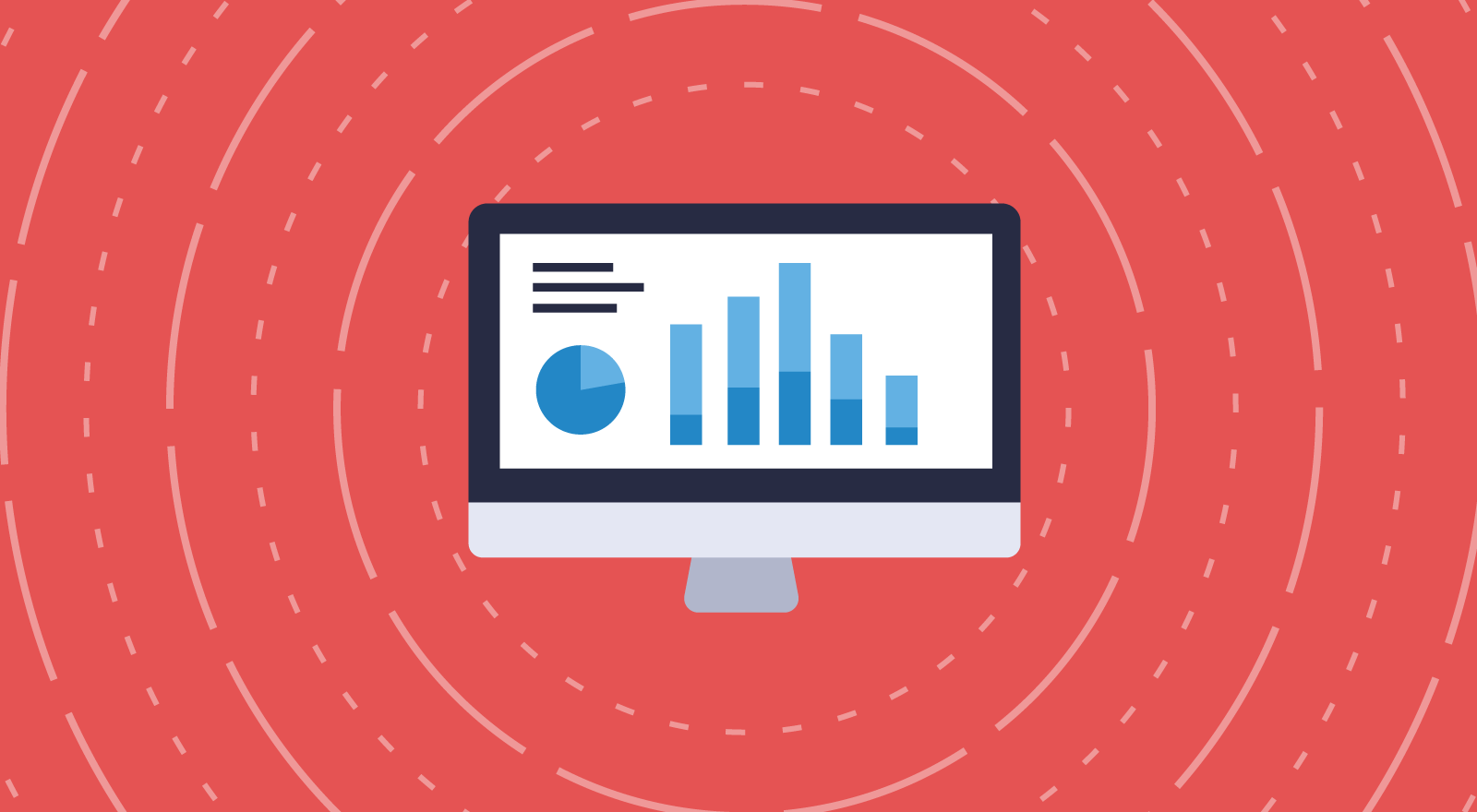Now that is a question you should ask yourself after every campaign, it is also the title of the report we produce for all our client projects. Let me explain why…
Reporting your way to success!
At 1973 we love to produce reports, it’s what makes our world go round and shapes the way we do things. There’s nothing more motivating than delving into the detail and seeing how our creations have performed and whether they have achieved their targets. We want to know whether they have been successful, but equally if things haven’t gone quite so well we also want to know so we can change the way we do things. Yet shockingly, reporting often gets taken lightly, getting overlooked and receiving a minimal amount of attention – just think about all those missed opportunities for development and improvement!
Whatever the campaign, whatever your goals and objectives, without a fully rounding approach to complete the circle, how will you ever identify what has worked well and what has failed miserably. Pinpointing successes and failures is how we learn. It’s our personal tutor for ongoing development, challenging our current thinking to help us advance and flourish, pushing us to become more creative and skillful in future projects.
Whether it’s a one-off, single channel campaign or a collaboration of multiple channels and interlinked campaigns, understanding what you are aiming to achieve from the outset and how you are going to measure it, is crucial. Identifying key measures and making sure the mechanics are available to accurately report back is the key to future success.
What metrics should you measure?
Well that depends on the channel, your marketing objectives, the overall business goals and ultimately how they all interlink. You could be looking to increase sales and ROI, acquire new member registrations and retain existing customers, build brand awareness and engagement, as well as encourage conversions through webinar bookings and white-paper requests. The list goes on and on…
There are many metrics you may want to monitor, review and report back on, which is why it can be a little confusing as to which offer meaningful insight to help truly measure and guide your approach going forward. It’s essential you understand what is important and why, as this will influence your strategy, message, design and the build of your assets.

Let’s take a closer look at some of the channels you may include within your marketing mix and explore a few key metrics you may want to use:
Email Marketing
One of our favourite channels and one which offers an array of statistics. We use a few well known platforms, including Eloqua and Marketo, for delivering global campaigns for our clients. Both offer detailed stats for single emails, complete nurture tracks and annual reporting so we can measure reach, engagement, conversions and much more. We also use these tools to build supporting landing pages and forms, providing an even deeper insight into client interaction.
Key measures we use include:
- Unique opens and clicks for reach of audience, in other words how far and wide did our message go?
- Total opens and clicks for engagement, capturing how many times a person has opened and/or clicked through on the email.
- Length of read. We use Litmus email analytics to measure how long they have spent reading the email – another great way for measuring engagement and whether your content is hitting the mark.
- Opt Out rates to identify how many people are choosing not to receive communications. Through deeper analysis as to why this is, it enables you to implement re engagement programmes where appropriate.
- Landing page visits generated from the email and within the microsite. We are also able to monitor if they are clicking on more articles once on the microsite – measuring if the content is appropriate and relevant.
- Number of forms completed, confirming how many are converting and the possibilities for encouraging more.

Website
Understanding how your website is performing is vital, after all it is your online shop window, the place people visit to find out about your company, products and services. Your ability to attract, retain and convert customers will depend on how well you interpret and use the data to optimise the potential of your site.
Metrics to consider include:
- Traffic sources. Understanding where your audience has come from, direct, search or referral for example, will determine if external campaigns such as social media, email, or SEO activities are effective and driving traffic to your site.
- Visitor behaviour, whether their a return or new visitor. Understanding how many pages they’ve visited, how much time was spent on site, where they’re exiting/leaving the site. This could all help determine if your page content is engaging.
- Visitor interaction in terms of visitor journey, the path they follow through the site. Identifying what they’re clicking on, whether CTA’s are prompting action or not, if web forms are being completed or content shared, such as blogs, via social channels. By understand what your visitors are doing and what elements are converting, you can make appropriate changes to further enhance results.

Social Media
With so many social platforms out there it can get confusing as to which fit best with your target market, in other words where do they go for information and which platforms do they use. And then understanding which metrics are important and feed into your campaign goals and objectives, only adds to the confusion.
For the sake of this blog we’ll focus on Twitter, a widely used platform amongst our clients and one which can very quickly reach a massive audience. One of our clients ran a gaming competition where participants were encouraged to upload video clips to a dedicated landing page, to win a substantial prize. This involved various platforms, including email, but Twitter played a significant part in pushing the competition far and wide.
Using Twitter Analytics, key measurements used to analyse the success of this channel and its contribution to the overall campaign included:
- Tweet impressions – how many people were seeing the tweets, interacting with likes and shares and spreading the message.
- Profile visits – was the company page receiving an increased number of visitors, helping boost visibility of the competition and building brand awareness.
- Mentions – were people mentioning the competition and/or company brand in their tweets.
- Followers – was the number of followers increasing as a result of the competition? This was analysed around the timing of tweaks and the overall campaign.

So What Next?
Well you should know the answer to this now! Gathering metrics and analysing the results throughout a campaign is vital if you are going to succeed. I’m sure you will agree, the valuable insight provided enables informed decisions to be made, driving change during and after a campaign so you can adapt and flex your approach along the way. Make sure you use these learnings to your advantage, close the circle and watch your creations triumph. It’s all in the reporting!!